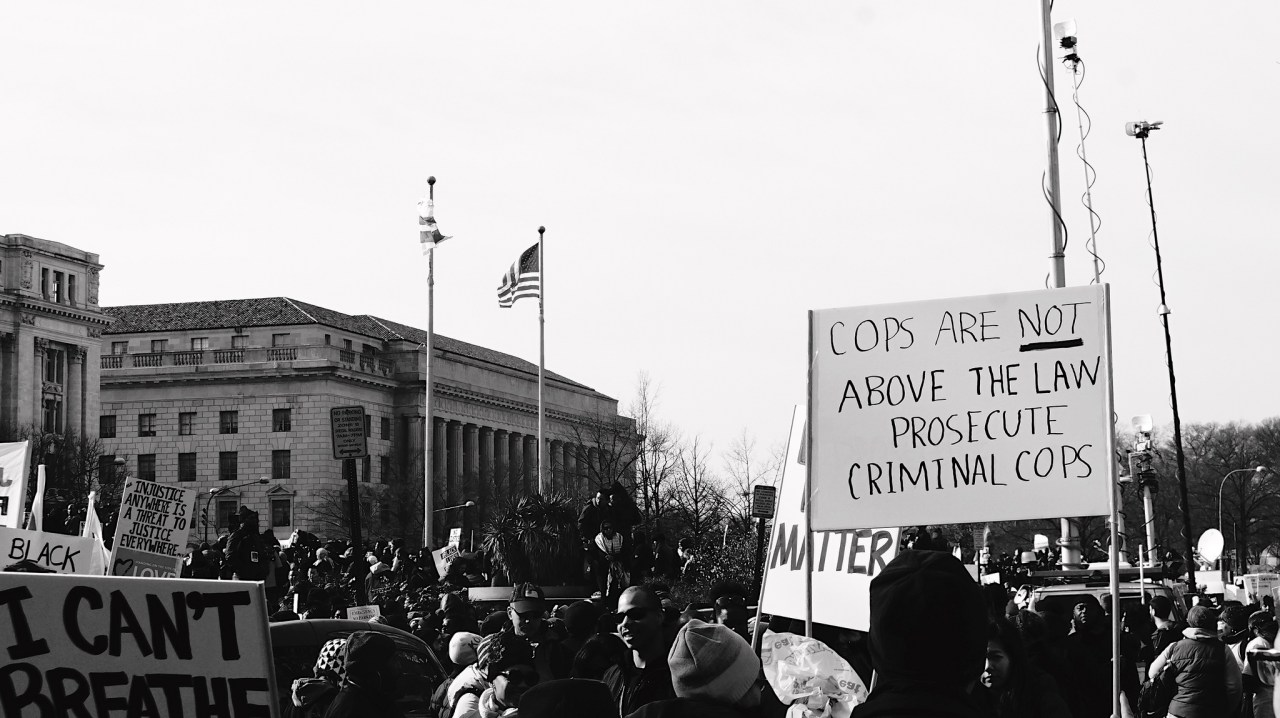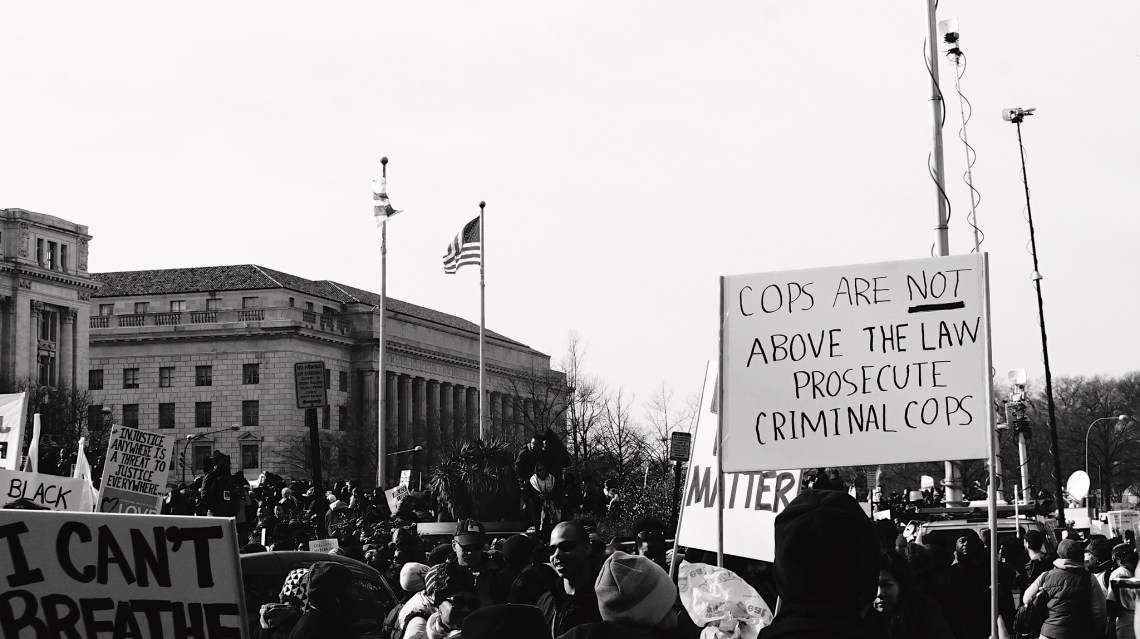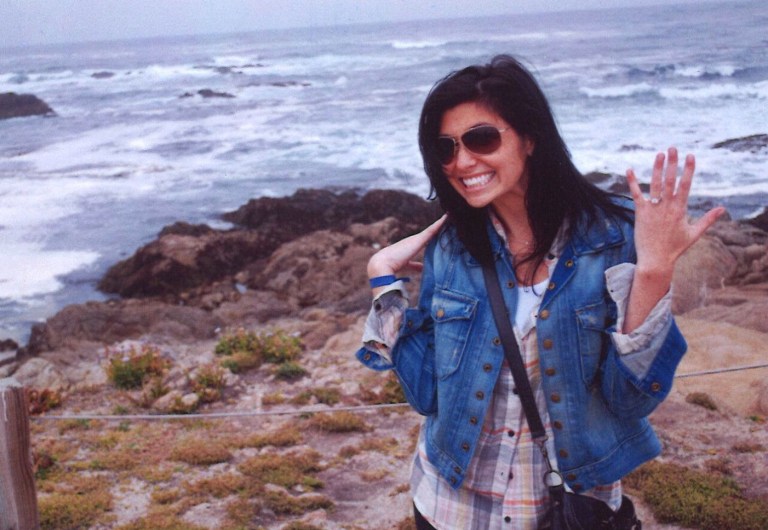Justice For Sale: Declining Faith, Rising Police Violence (Part 1)
Reagan’s successor President George H. W. Bush was elected by attacking his “liberal” opponent for being “soft on crime.” President Bill Clinton added 100,000 new police officers, $9.7 billion in prison funding, $6.1 billion prevention programs, 60 new death penalty worthy offenses, and a ban on education to inmates. President George W. Bush was elected…
By Nolan Higdon

This is the first article in a five part series examining the US legal system. The series collectively argues that corporate media and political rhetoric have made Americans acquiescent toward corruption in the US legal system. This piece examines how discourse regarding law enforcement related issues in the US has been constructed to justify abuse by the police.

It was another warm August evening in Philadelphia. The year was 1828 and Philadelphia watchman Steve Heimer entered a tavern and placed his order. Heimer was told to be quiet as not to wake the woman sleeping upstairs. He sat on a stool at the bar. The evening went about normally until Heimer uttered in conversation “bloody Irish transports.” Philadelphia’s Irish population had long been viewed as a non-white second class sector of the population. The Irish weavers in the tavern surrounded Heimer. They assaulted and killed him. Heimer became the first US peace officer to be killed in the line of duty. Two days later, a weaver’s banner was placed near the spot of Heimer’s death. Supporters of the slain officer and those holding racial prejudices against the Irish descended upon the site and a violent riot consumed Philadelphia.
Heimer’s death and the riot which ensued are nearly indistinguishable with present-day events. A lethal cocktail of prejudice, police abuse, and violent riots. Contemporary Americans seek to give their opinion on these happenings via social media and taverns. They almost unanimously side with the police officers and their decision to use force. The arguments are “Police Officers have a difficult job,” “you do not know what it is like to be a cop,” and “if the person was not doing anything wrong, they would not have gotten killed.” However, what makes an officers job tough is that they cannot just kill suspects! They have to investigate, arrest, build a case and see it through to a guilty verdict which is much more complex and difficult than just killing the suspect. However, Americans increasingly defend the officers who commit crimes.
This cycle accelerated in the 1970s as politicians justified the expansion of law enforcement by intensifying Americans fear of crime. In the 1970s, Richard Nixon tapped into Americans fear of crime by declaring a “war on drugs.” He created the Drug Enforcement Administration whose budget rose from $75 million in 1972 to $2.02 billion by 2013. Nixon’s successors continued the fight against crime. President Ronald Reagan claimed to be “tough on crime” as he extended sentencing laws, cut access to bail, passed anti-death penalty legislation, minimized the insanity defense, cut access to parole, expanded mandatory minimum sentences, championed mass incarceration, and designated three new federal prisons. Reagan’s successor President George H. W. Bush was elected by attacking his “liberal” opponent for being “soft on crime.” President Bill Clinton added 100,000 new police officers, $9.7 billion in prison funding, $6.1 billion prevention programs, 60 new death penalty worthy offenses, and a ban on education to inmates. President George W. Bush was elected in part due to his record of 152 executions as Governor of Texas.
Corporate news and entertainment in the US tended to define being “tough on crime” as circumventing blockades to justice such as rights and due process. Television shows such as Cops and Worlds Wildest Police Videos serve a heroification process, where police are placed on societal pedestals, beyond criticism, which in turn is a form of propaganda used to justify racial profiling and excessive use of force. Shows like Law and Order SVU argued that the abolition of New York City’s intrusive Stop and Frisk Laws, which allowed police to stop and search anyone for any reason, were allowing the guilty to flee crime scenes. Similarly, Breaking Bad saw heroic police losing their jobs because they broke the law to catch the guilty. Films such as the 2001 Hannibal justified police for using “excessive force.” Other films such as Dirty Harry, Taxi Driver, Die Hard, Eye For An Eye, Shooter, The Departed, and Scream 2 made heroes out of individuals who avoid a trial by killing a suspect. In 2008, the $1 billion box office mega-hit Dark Knight made Batman a hero because he did what the government was forbidden from doing: kidnapping foreign nationals and spying on all citizens. News media was no different, after the events of September 11, 2001, the corporate press argued that civil rights were not a cornerstone of a democratic society, but a tool used to protect those guilty of terrorism at home and abroad. In some communities throughout the US, police have been thrust into the role of judge, jury, and executioner.
However, as Americans were inundated with these fear-inspiring messages, the crime rate actually dropped. Since the late 1970s, crime in the US has consistently decreased. Between 1990 and 2009, the national violent-crime rate was cut in half, property crime dropped by 40 percent. By 2012, the crime rate was at its lowest level since 1963. Despite the drop in crime, since 1989 a majority of Americans have falsely believed crime is increasing; over two-thirds by 2010.
Nonsensically, as the crime rate dropped there was an increase in police budgets and use of force. Swat raids, which were used as a last resort effort in the most dangerous situation, rose 1400 percent from 3000 annually in the 1980s to 50,000 today. 1,500 people die annually from law enforcement related deaths. Americans are nine times more likely to be killed by a police officer than a terrorist. Many Americans blindly support law enforcement’s abusive policing practices.
Examples of such are the 12 year old girl in Galveston, Texas who was falsely arrested and beat by police for prostitution, the father in Minnesota who was tased by police while sitting on a curb waiting to pick up his child from school, Lavar Jones in South Carolina who was shot to death by police without provocation while attempting to pump gas, 22-year-old John Crawford III in Ohio who was shot to death by police at a Wal-Mart for carrying around a toy gun he intended to buy, the six women who were raped by an Oklahoma police officer, and a woman who was beat with baseball bat by a Walnut Creek, California police officer. Incidents like these are why the United Nations has condemned police violence in the US.
The disregard for the judicial process by law enforcement was visible following the death of Michael Brown. Brown was an unarmed teen shot dead by Ferguson, Missouri Police Officer Darren Wilson on August 9, 2014. He joined Andy Lopez, Oscar Grant, and countless others whose death by police caused public outrage. However, police across the nation publically challenge the outrage over Brown’s death. Los Angeles Police veteran Sunil Dutta argued that he can hurt people for any reason because “I’m a cop. If you don’t want to get hurt, don’t challenge me.” Dutta’s line of logic is that the police’s power supersedes the rights of citizens. He is not alone, recently a video showed Miami Police laughing about illegally shooting unarmed peaceful protesters, San Francisco Bay Area police were caught stealing nude photos from suspect’s phones, a Chicago Police officer tortured over 100 African American prisoners, and in Fullerton, California police laughed on video as they beat a homeless woman with schizophrenia. The police in Ferguson quickly grew angry over the criticism surrounding Brown’s death causing one officer to yell at a journalist “I’m Going to F***ing Kill You!”
As has been the trend, the corporate media sought to convince citizens that Wilson was not at fault. As protests over police shootings engulfed the nation, Fox News host, Bill O’Reilly blamed “family culture” not police for the death. Former New York City Mayor Rudolph Giuliani argued that black people should take responsibility for the police killings because “white police officers wouldn’t be there if you weren’t killing each other.” Geraldo Rivera of Fox News justified the Brown shooting because Brown was suspected of robbing a convenience store. Eventually FOX News’ coverage relied on made up justifications for Brown’s killing where they falsely reported that Wilson’s eye socket was broken. In fact, months later the corporate media defended a police officer for killing Antonio Martin, two miles from Ferguson. They claimed the teen was armed and a video proved he provoked police. However, witnesses disagreed and the video which was shown by the corporate media actually shows almost nothing of the meeting between police and Martin.
Racism accounts for much of the support and impunity for police abuses. Sixty-five percent of blacks thought the police response to protests in Ferguson Missouri went too far, while only 33% of whites agreed. Citizens, inspired by corporate news coverage, defended Wilson rather than admit, at the very minimum, just this one cop acted incorrectly. In fact, citizens raised $137,000 on the internet for Wilson. His fellow officers wore arm bands of support for him. The grand jury found Darren Wilson not guilty for the murder of Brown. The case hinged on a claim that Brown had rushed and pummeled Wilson who fired his gun in self- defense. After the decision, it was revealed that the female witness who made that claim had lied. She was not in the area during the shooting and had a history of both racism and inserting herself into legal cases. The Ferguson Police had 5 weeks to investigate her legitimacy and did nothing. However, the website Smoking Gun exposed her after 3 days of investigating. After her story was made public, the St. Louis Prosecutor Bob McCulloch admitted that he knew witnesses were lying when they testified.
The revelations of false testimony at the grand jury hearings undermined the corporate media’s support for Wilson. Sean Hannity of FOX had invoked the false witness’s testimony 21 times in his coverage. Thus, the corporate press turned coverage from the victims of police violence to the police killed in the line of duty. In December of 2014, Ismaaiyl Brinsley carried out a murder suicide of two New York City police officers, Wenjian Liu and Rafael Ramos, in an apparent revenge for the death or Eric Garner. In July 2014, Garner had been approached and choked to death by New York Police on suspicion of illegally selling single cigarettes. The corporate media coverage distracted from victims of police violence, blamed activists for the death of the two NYC Officers, and asked why there was no protests for the death of the police? The lack of protest or violence probably resulted from the fact that the murderer of police was dead. Meanwhile the killer of Brown, Garner, and countless others remains free. Yet, the police blamed their fellow officer’s deaths on critics. At the funeral for the deceased officers, police turned their back on Mayor Bill de Blasio, who had been critical of police abuses, and then booed him at a police graduation ceremony. Their behavior is demonstrative of how police seek to operate– unquestioned by politicians, witnesses, or we the people.
The foundation of the US justice system is a citizen’s access to a trial and due process before the law. No entity, including police, should be above that system. However, beginning in the 1970s Americans understanding of the judicial system was reshaped by politicians and the corporate media. It produced an irrational fear of crime, disillusionment with the judicial system, and a cultural narrative which championed the disregard for due process. This resulted in public acquiescence for police abuse. The next article focuses on how the prison system has expanded and maximized profits off of America’s fear of crime. ![]()
Be sure to check us out on Vine! Follow us here.
This post originally appeared at Project Censored.
For the full cited version, please click here.




